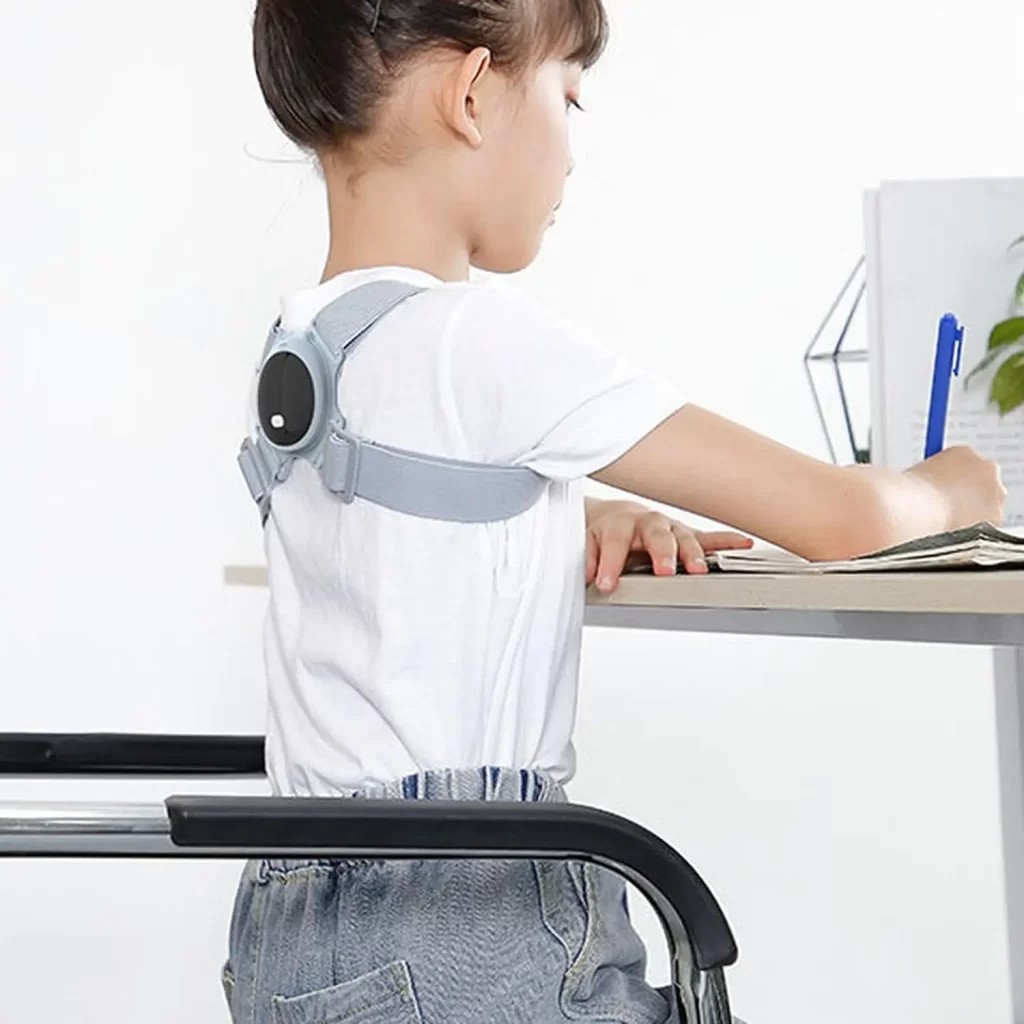No products in the cart.
News
What is a posture corrector? Principles of operation and criteria for choosing a suitable posture corrector.
Currently, posture correctors are popular products for those with spinal issues. But how do posture correctors work, and how do you choose a quality brace? Let’s find out.
1. What Is a Posture Corrector?
A posture corrector, also known as a posture brace, is a device that helps improve the physiological curvature of the spine, bringing it back to its natural state. This product is particularly useful for those with poor posture habits that can lead to scoliosis.
For patients with scoliosis, a posture corrector is an effective support tool in addition to medication. It works like a physical therapy exercise, safe and without side effects. If you choose the right type and use it correctly, a posture corrector can:
- Prevent and improve kyphosis, helping maintain proper posture when standing or sitting.
- Reduce back pain and kyphosis, particularly useful for the elderly or those with sedentary jobs.
- Prevent spinal degeneration and herniated discs.
- Shape and correct the spine, giving users a more attractive and aesthetic posture.

2. How a Posture Corrector Works
A posture corrector is worn over the shoulders, using an elastic strap and buckle system to prevent the shoulders from leaning too far forward, thus preventing scoliosis. When worn, the muscles and bones are supported to stay straight, reducing the tendency to slouch and tilt the head forward.
Initially, the wearer will notice an immediate change as the musculoskeletal system is pulled straight. However, once the brace is removed, the spine may revert to its original state. Over time, wearing the brace will help the body form “muscle memory,” helping the back stay naturally straight without force. The posture corrector works based on physical therapy principles, requiring no medication or surgery, helping users get accustomed to the correct posture and shaping a straight back.
The main components of a posture corrector include:
- Elastic straps: Help adjust the shoulders, back, and waist to remain straight.
- Stiff support bars: Typically made from steel, aluminum, or hard plastic, combined with the straps to enhance shaping efficiency.
- Velcro and buckles: Ensure the brace fits snugly to the body, preventing it from slipping during movement.

3. Criteria for Choosing a Posture Corrector
3.1. According to Age
The spine of children differs from that of adults, so posture correctors are designed to fit different age groups. For children, the brace should not be too tight to avoid affecting bone development.
3.2. Material
Since the posture corrector is in direct contact with the body, it’s essential to choose breathable, sweat-absorbing, and non-irritating materials. Carefully check the composition and material of the straps to ensure safety and comfort during use.
3.3. Design
Posture correctors generally come in two popular designs:
- Shoulder straps: Help fix the upper back, suitable for active individuals.
- Waist wraps: Help keep the back straight, suitable for office workers and students who sit a lot.

Smart Anti-Hunchback Posture Corrector CRENOT Fit Pro C5
3.4. Reputable Brand
As a smart consumer, you should choose posture correctors from reputable brands with clear origins and good warranty policies. The Crenot FitPro C5 smart posture corrector is a high-quality product, durable, non-irritating, and reasonably priced, trusted by many customers recently. The Crenot FitPro C5 is a new generation posture corrector with outstanding features, helping create a natural straight posture, enhancing life efficiency and confidence in communication, suitable for all ages, professions, and genders. Understanding the principles of operation and the criteria for selection will help you choose an effective posture corrector, improving spinal health and enhancing quality of life.

